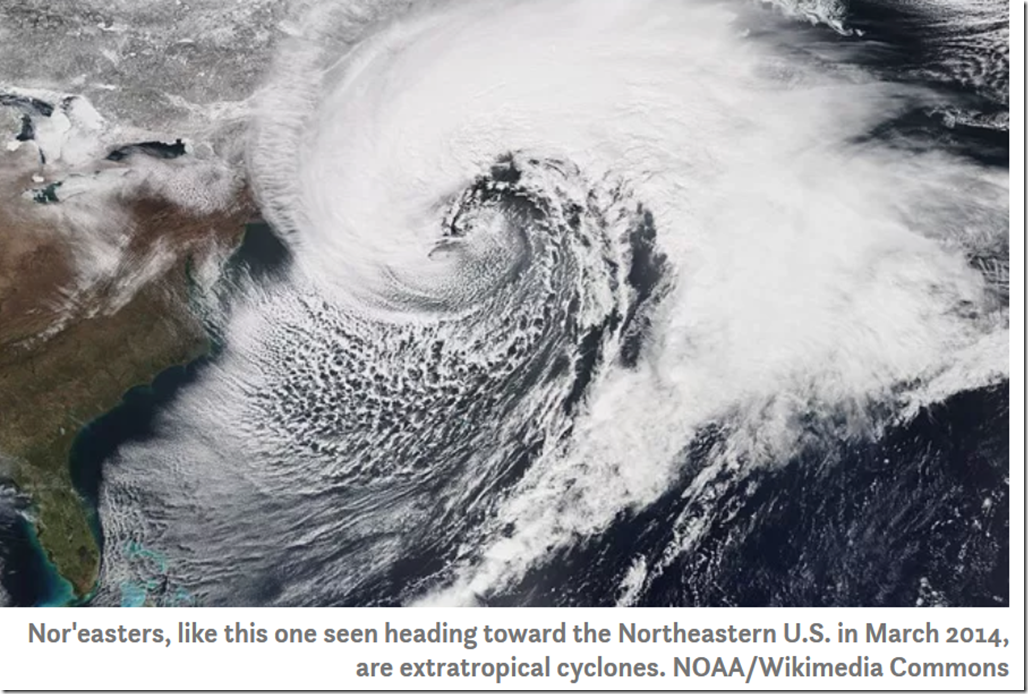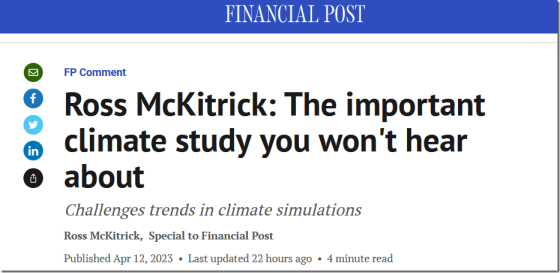by C. Rotter, Aug 24, 2025 in WUWT
Roger Pielke Jr.’s “A Takeover of the IPCC” offers a timely post-mortem on what’s left of scientific rigor in the world’s most influential climate assessment body, of which Pielke Jr. has long been a supporter. The article chronicles not just a change in personnel at the IPCC, but a seismic shift in methodology and purpose—a transformation best described as a hostile takeover by advocates of “Extreme Event Attribution” (EEA). The implications for public policy, scientific integrity, and even the basic credibility of climate science are staggering, and long overdue for public scrutiny.
…
…
Pielke’s article, in short, is a wakeup call. The so-called “settled science” is more unsettled than ever, and the very structures meant to provide honest assessment are being repurposed for advocacy. The cost, inevitably, will be paid in public trust, misallocated resources, and a continued failure to address the real drivers of disaster risk.
There’s an old saying in science: extraordinary claims require extraordinary evidence. The new IPCC, sadly, seems content to settle for extraordinary press releases. The public deserves better. It’s time to ask, loudly, whose interests are really being served by this shift—and to demand a return to genuine scientific skepticism before the last shreds of credibility are gone for good.



